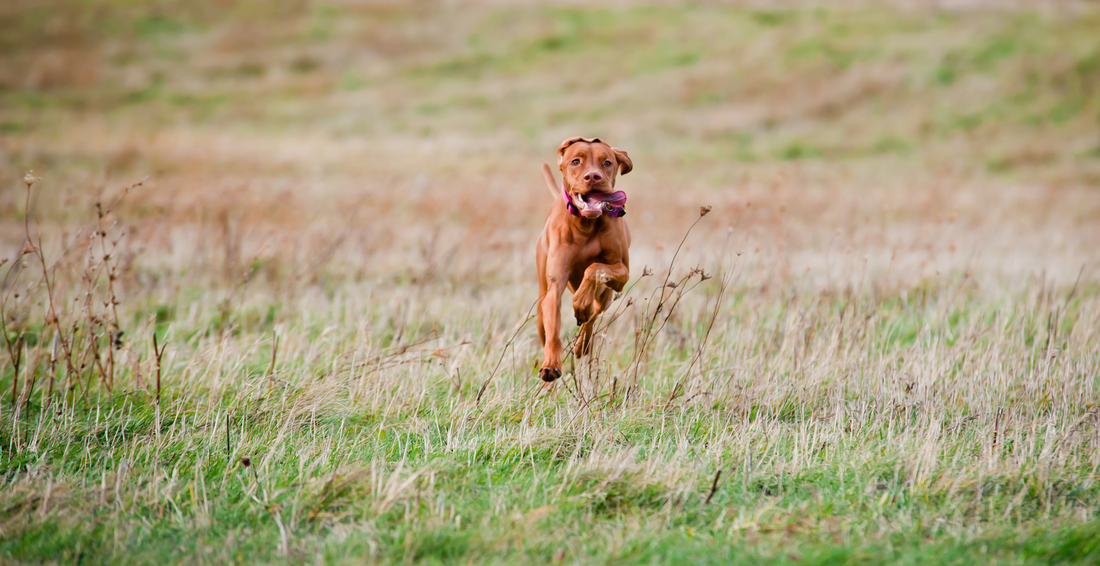Tennis balls, adverts, and loads of clients.
What I actually needed? Boundaries… and a good coat!
When I started dog walking years and years ago (back in 2015, to be precise), I was so full of energy and excitement. I thought I had it sussed! Wow, how wrong was I? The things I thought I needed were not what I needed at all.
I didn’t know any other dog walkers to get real-life tips from. I wasn’t part of any online communities filled with helpful resources and hundreds of other dog walkers primed and ready to help another walker out.
I learnt as I went, I was careful and diligent but there were many things I wish a seasoned walker had just given me a nudge on. Like the importance of decent waterproofs and how to set boundaries!
Boundaries have always been my biggest weakness. Creating them was one thing, but sticking to them? A whole new challenge. My job is to hang out with dogs all day; could I really push back on certain things? Yes, I could have, should have, and would have if I was doing it all again!
It is essential to remember that establishing and maintaining boundaries with clients is crucial, both for your mental well-being and the quality of service you provide.
Boundaries serve as essential guidelines that define expectations, limitations and responsibilities within a professional relationship. For dog walkers, boundaries are a framework to ensure your work remains manageable, sustainable, and enjoyable. Establishing clear boundaries can help you maintain a healthy work-life balance, prevent overexertion and foster long-term client satisfaction.
Having been through 3 major burnouts in my life, once in a former life as a trainee accountant and twice during my dog walking career, I now recognise how a lack of boundaries in my personal and work life may have contributed to burnout. So, I will harp on about how and why you should set boundaries to anyone who will listen!
Emotional Exhaustion:
Without appropriate boundaries, clients may encroach on your personal space, leading to emotional exhaustion. Constantly responding to messages and phone calls into the evening or dealing with demanding client requests can drain your energy and leave you feeling overwhelmed.
Physical Fatigue:
A lack of boundaries can make it hard to say no, resulting in excessive workload and leaving you physically exhausted. Taking on too much in a day without adequate rest can negatively impact your performance, jeopardizing the well-being of both you and the dogs in your care.
Loss of Autonomy:
Failing to set boundaries may lead to loss of control over your own schedule and decision-making process. Constantly accommodating client requests without considering your own needs can leave you feeling powerless and trapped. It is all too easy to place the needs of a pushy client or a beloved dog over your own wants and needs. And yes, plans to lie on the sofa and binge-watch Netflix are absolutely as important as your client’s dinner party plans! Over time, this loss of autonomy can eat away at your love for the job and leave you feeling absolutely miserable.
Blurred Professional-Personal Boundaries:
Dog walking often involves building close relationships with both pets and their owners. While it’s natural to develop a bond, it is important to maintain a professional distance. Allowing personal boundaries to blur can lead to clients overstepping boundaries, whether by expecting extra favours or intruding on your personal life. Maintaining a clear distinction between your personal and professional life is vital for your overall well-being.
I will caveat that last point by saying that some of my dearest friends are clients who I met through dog walking. It’s amazing how much you can bond by chatting in the doorway at drop-off time! However, if you develop friendships with clients, I recommend having a mutual understanding of where the line is between your professional and personal relationships. For example, my client friends understand that I will not make exceptions for them and their dogs if a request is not viable, I will never trade services with them or offer friend discounts. We maintain clear professional communication when discussing services and don’t discuss service requests over dinner! This works for me, but everyone is different and not all client-friends will be so respectful.
Strategies for establishing and maintaining boundaries:
Define your work hours:
Clearly communicate to clients the specific days and times you are available for dog walking and any other services you offer. Communicate days off or holidays in advance and enjoy them guilt-free!
Set communication expectations:
Establish guidelines for client communication, such as preferred methods (e.g., email, text, through an app), response times, and hours during which you are available to address their queries or concerns.
Having a cut-off time in the evening is helpful for yourself as well as clients. It is important to remember that clients may operate on different schedules to us and it's likely they will still send messages or requests into the evening. You can enforce your communication boundaries by waiting until the morning to reply and reiterating that any service requests must be made before a certain time. You do not need to feel guilty for waiting until the following day to respond to a client – remember; your client would not feel bad about ignoring a work email once they get home from work, so why should you?
Limit client requests:
Be firm but polite when addressing requests that fall outside of your service agreement. You may wish to offer alternative solutions when possible, or explain why you cannot accommodate such a request. It is also perfectly acceptable to just say, “I’m afraid I cannot assist with that request” and not elaborate further. Dog walkers do get some mad requests, from little errands like picking up shopping or changing lightbulbs to totally different services like grooming, babysitting or gardening. Whilst the odd errand may be harmless, it is important to remember that your insurance may not cover you for some activities, and you’re the dog walker, not the personal assistant.
Establish cancellation policies:
Clearly define your cancellation policy and communicate it to clients upfront. This will help prevent last-minute cancellations that disrupt your schedule and income.
Manage Client Expectations:
It is easy to promise the world to a client you want to impress, but try to avoid falling into the trap of agreeing to what you think they want to hear, without considering how this will fit into your schedule. Manage your clients’ expectations from the outset by explaining how your service may look slightly different to what they are requesting. Things to consider:
- Having timeslots (e.g., between 9am-11am) rather than a specific collection time (e.g., 9.30am exactly).
- Explaining that muddy dogs will be towel dried after walks, so a client isn’t expecting a full bath and blow dry on return.
- Advising how regularly you will provide updates, some dog walkers like to send photos and updates after every walk, others prefer to share to a private group and some (like me) offer totally sporadic updates.
- Explain contingency plans for schedule disruptions such as roadworks, extreme weather or emergencies.
Doing this will ensure you can focus on the job at hand, rather than worrying about meeting unrealistic expectations on a daily basis.
Practice self-care:
Prioritise your own well-being by taking breaks, getting enough rest and taking the time to enjoy your own hobbies and social life outside of work. And take time off, please! Remember, you are better equipped to serve your clients when you take care of yourself first.
Setting and maintaining boundaries with clients is an essential skill for professional dog walkers, and it’s one that remains a work in progress for many of us. Remember, setting boundaries is not a sign of selfishness or unprofessionalism. It is an act of self-respect and a means to ensure a mutually beneficial relationship with your clients.
Go forth and establish your boundaries, switch on the Do Not Disturb and relax in the knowledge that you still have the best job in the world!





